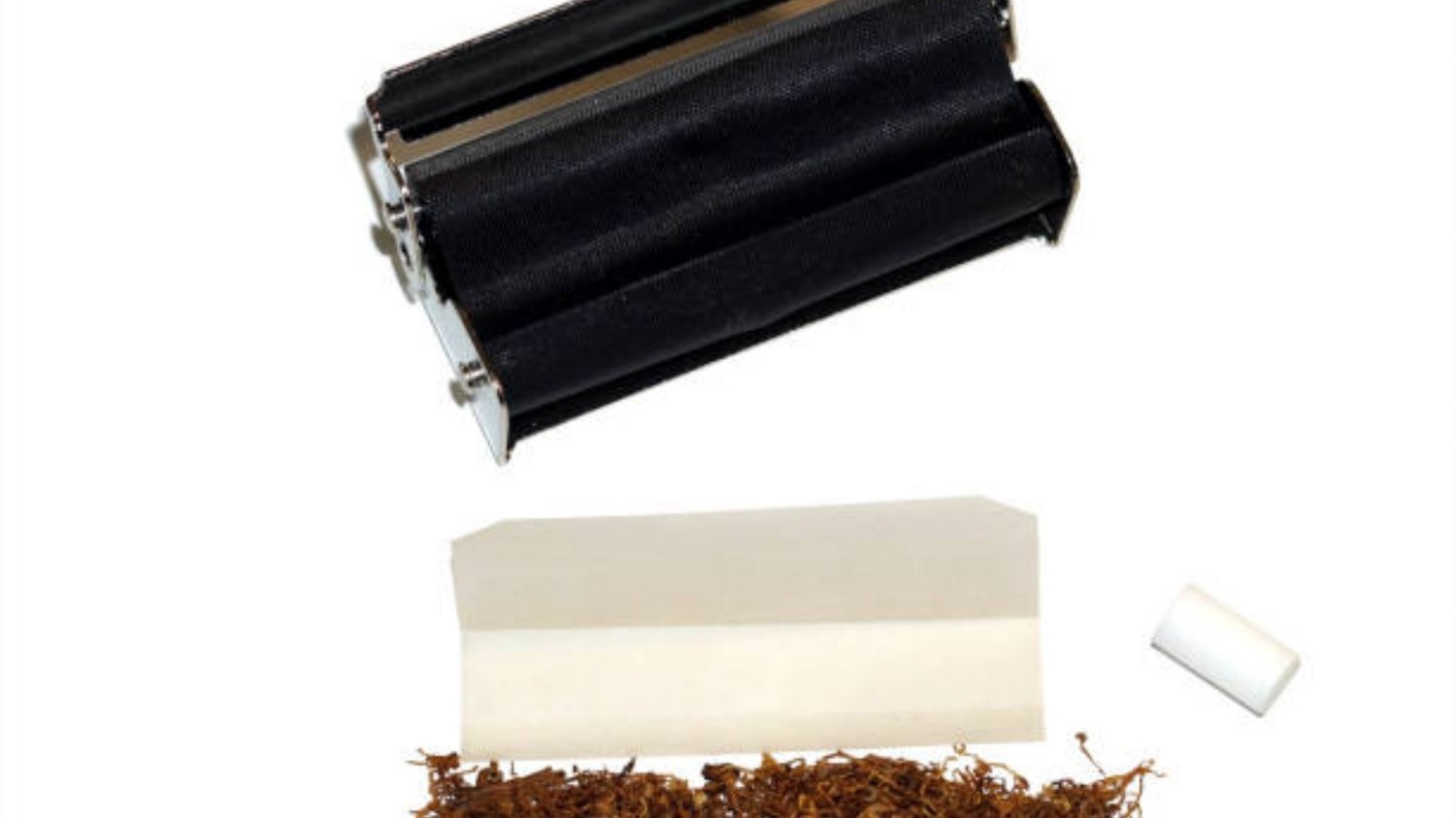Advancements in Cigarette Filter Paper Materials
Exclusive cigarette filter paper materials have seen significant advancements in recent years. These materials play a crucial role in ensuring a smoother smoking experience while reducing the harmful effects of tobacco smoke. In this article, we will explore the various aspects of exclusive cigarette filter paper materials, including their composition, manufacturing process, and their impact on smoking quality and health.
Composition of Exclusive Cigarette Filter Paper Materials
Exclusive cigarette filter paper materials are typically composed of a combination of cellulose fibers, calcium carbonate, and various additives. The cellulose fibers provide the necessary strength and structure to the paper, while calcium carbonate acts as a filler to improve the burning properties of the cigarette. Additives are incorporated to enhance the filtration efficiency and flavor of the tobacco smoke.
Manufacturing Process of Exclusive Cigarette Filter Paper Materials
The manufacturing process of exclusive cigarette filter paper materials involves several steps. Firstly, the cellulose fibers are obtained from sustainable sources such as wood pulp. These fibers are then mixed with water to form a slurry. The slurry is then spread onto a wire mesh conveyor belt, which helps in the formation of a continuous sheet of paper. The paper is then dried and cut into desired sizes to be used as cigarette filter paper.
Enhanced Filtration Efficiency for a Smoother Smoking Experience
One of the key benefits of exclusive cigarette filter paper materials is their enhanced filtration efficiency. These materials are designed to trap a significant portion of the harmful chemicals present in tobacco smoke, including tar and nicotine. This results in a smoother smoking experience, with reduced throat irritation and coughing. Smokers can enjoy the taste and aroma of their preferred tobacco blend while minimizing the potential health risks associated with smoking.
Reduced Carbon Monoxide Levels
Exclusive cigarette filter paper materials also contribute to reducing carbon monoxide levels in tobacco smoke. Carbon monoxide is a toxic gas that is released during the combustion of tobacco. By incorporating specific additives and controlling the composition of the filter paper, manufacturers can effectively reduce the levels of carbon monoxide in the smoke. This benefits both smokers and those around them, as secondhand smoke exposure is also minimized.
Impact on Smoking Quality of Cigarette Filter Paper
Exclusive cigarette filter paper materials have a significant impact on smoking quality. The composition and design of the filter paper can affect the draw resistance, smoke density, and overall smoking experience. Manufacturers continuously innovate to develop filter papers that offer the perfect balance between filtration efficiency and smoking pleasure. Smokers can choose from a wide range of options, including different porosity levels and flavors, to personalize their smoking experience.
Environmental Considerations
As the demand for exclusive cigarette filter paper materials continues to rise, manufacturers are increasingly focusing on environmental considerations. Sustainable sourcing of cellulose fibers, reducing water consumption during the manufacturing process, and developing biodegradable filter papers are some of the initiatives taken to minimize the environmental impact. This ensures that smokers can enjoy their cigarettes without contributing to excessive environmental degradation.
Regulatory Compliance and Safety Standards
Exclusive cigarette filter paper materials are subject to strict regulatory compliance and safety standards. Manufacturers must adhere to guidelines regarding the use of additives, maximum levels of tar and nicotine, and filtration efficiency. These standards ensure that consumers are protected from substandard materials and harmful chemicals. Smokers can have confidence in the quality and safety of the filter papers used in their cigarettes.
Ongoing Research and Development
Research and development in the field of exclusive cigarette filter paper materials are ongoing. Manufacturers are continually exploring new technologies and materials to further enhance filtration efficiency and smoking experience. From nanofibers to activated carbon, these advancements hold promise for even better tobacco smoke filtration and reduced health risks in the future.
Conclusion
Exclusive cigarette filter paper materials have come a long way in terms of composition, manufacturing process, and performance. These materials play a vital role in improving the smoking experience while reducing the harmful effects of tobacco smoke. With ongoing advancements and a focus on sustainability, smokers can expect even better filter papers that prioritize their health and satisfaction.

